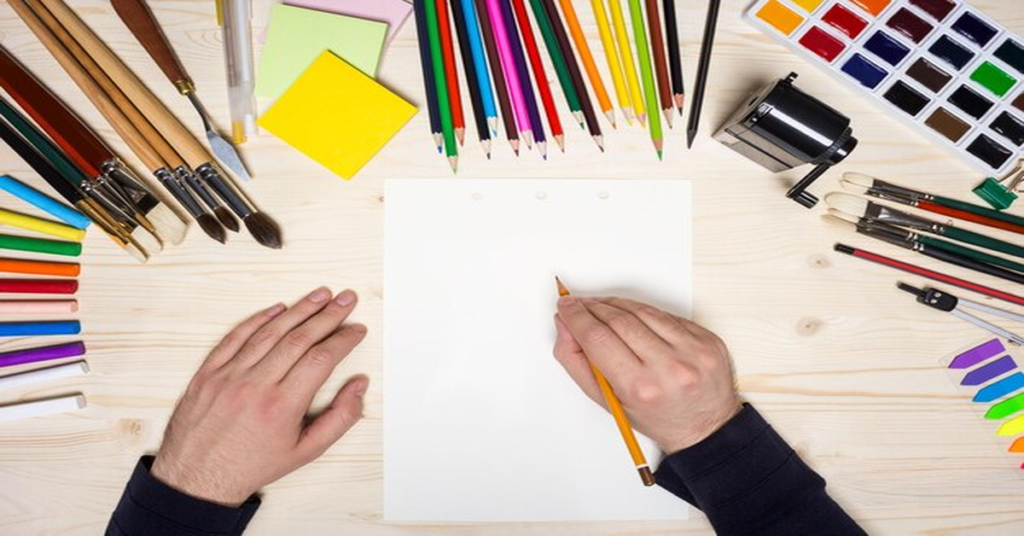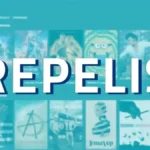Drawing is a timeless and universal form of expression, allowing individuals to communicate ideas, emotions, and stories visually. Whether you are an aspiring artist or simply looking for a relaxing hobby, learning how to draw can be a rewarding experience. This comprehensive 3000-word guide provides step-by-step instructions, essential techniques, practical tips, and answers to common questions about drawing. By the end of this article, you’ll have the knowledge and confidence to start creating your own artwork.
1. Why Learn to Draw?
1.1 The Benefits of Drawing
Drawing offers numerous advantages beyond artistic expression, including:
- Enhanced Creativity: Stimulates the brain to think innovatively.
- Improved Focus: Drawing requires concentration, promoting mindfulness.
- Better Motor Skills: Refines hand-eye coordination and dexterity.
- Emotional Outlet: Serves as a therapeutic activity to relieve stress.
- Visual Thinking: Enhances problem-solving and spatial awareness.
1.2 Drawing as a Hobby or Career
Many people pursue drawing for fun, while others turn it into a career in fields such as:
- Animation
- Graphic Design
- Architecture
- Fine Arts
- Fashion Illustration
2. Essential Drawing Supplies
2.1 Basic Tools for Beginners
- Pencils: Ranging from H (hard) to B (soft) for different shading effects.
- Erasers: Regular erasers for corrections and kneaded erasers for precise adjustments.
- Paper: Start with sketchbooks or printer paper; upgrade to higher-quality paper as you progress.
- Sharpeners: Essential for keeping pencils sharp for detailed work.
2.2 Optional Tools for Advanced Artists
- Charcoal: Provides rich, bold lines for dramatic effects.
- Ink Pens: Ideal for outlining and creating contrast.
- Colored Pencils: Add vibrancy and depth to your drawings.
- Blending Stumps: Help create smooth transitions in shading.
3. Fundamental Drawing Techniques
3.1 Understanding Lines and Shapes
- Straight Lines: Build structure and form the basis of perspective.
- Curved Lines: Essential for drawing organic shapes.
- Basic Shapes: Practice circles, squares, and triangles to build foundational skills.
- Complex Shapes: Combine basic shapes to form more intricate designs.
3.2 Shading and Texturing Techniques
- Hatching: Create shading with parallel lines.
- Cross-Hatching: Overlay lines for deeper shadows.
- Stippling: Use dots to represent light and dark areas.
- Blending: Use fingers or tools to soften transitions.
- Scumbling: Create texture with circular, scribbled strokes.
3.3 Mastering Perspective and Proportion
- One-Point Perspective: Useful for drawing roads and hallways.
- Two-Point Perspective: Adds realism to buildings and objects.
- Three-Point Perspective: Ideal for dramatic, overhead, or worm’s-eye views.
- Proportion Techniques: Use grids or reference lines to ensure accurate proportions.
4. Step-by-Step Drawing Tutorials
4.1 Drawing a Simple Object (Apple)
- Sketch a basic circle for the apple.
- Add slight indentations for a more realistic shape.
- Draw the stem at the top center.
- Outline the leaf attached to the stem.
- Shade according to the light source to add depth.
4.2 Drawing a Human Face
- Draw an oval shape for the head.
- Divide the face with vertical and horizontal lines for alignment.
- Sketch the eyes along the horizontal guideline.
- Position the nose and mouth with proportional spacing.
- Add ears, hair, and refine details.
- Use shading to create dimension.
4.3 Drawing a Landscape Scene
- Start with a horizon line to separate sky and land.
- Add elements like trees, mountains, or lakes.
- Use perspective to show depth (e.g., smaller trees in the background).
- Incorporate textures for grass, water, and foliage.
- Finish with appropriate shading and details.
4.4 Drawing Animals (Cat)
- Begin with circles for the head and body.
- Connect shapes with smooth lines for the neck and torso.
- Add legs, tail, and ears.
- Outline facial features and paws.
- Apply shading and fur texture.
5. Tips to Improve Your Drawing Skills
5.1 Practice Regularly
Consistency is crucial. Aim to draw daily, even if just for 10 minutes.
5.2 Observe the World Around You
Drawing from real life enhances observational skills and helps you understand proportions and textures.
5.3 Use References and Tutorials
Never hesitate to use images, videos, or books to guide your drawing process.
5.4 Experiment with Different Styles
Try various genres like realism, cartoons, or abstract art to discover your preferences.
5.5 Join a Community
Participating in online forums or local art classes can provide constructive feedback and motivation.
6. Common Mistakes Beginners Make and How to Avoid Them
- Neglecting Basic Shapes: Always start with foundational shapes to maintain proportions.
- Overworking the Drawing: Know when to stop to prevent clutter.
- Ignoring Light Sources: Establish a clear light source to make your drawing more realistic.
- Being Impatient: Progress takes time; focus on steady improvement.
- Fear of Making Mistakes: Embrace errors as learning opportunities.
7. Digital vs. Traditional Drawing
7.1 Traditional Drawing
- Pros: Hands-on experience, no technology required.
- Cons: Limited editing capabilities, materials can be costly over time.
7.2 Digital Drawing
- Pros: Easy corrections, wide range of tools, portability.
- Cons: Requires investment in tablets and software.
7.3 Choosing the Right Medium
Experiment with both to find what suits your style and goals.
8. Advanced Drawing Concepts
8.1 Gesture Drawing
Quick sketches to capture movement and posture; great for life drawing sessions.
8.2 Anatomy Studies
Understanding the structure of muscles and bones improves figure drawing.
8.3 Composition and Balance
Arrange elements strategically to create a harmonious piece.
8.4 Using Color Theory
Learn how colors interact to enhance your artwork’s mood and depth.
9. Resources for Continuous Learning
9.1 Online Platforms
- YouTube: Free tutorials and demonstrations.
- Skillshare and Udemy: Paid courses with structured lessons.
- DeviantArt and ArtStation: Communities for showcasing and critiquing artwork.
9.2 Recommended Books
- “Drawing on the Right Side of the Brain” by Betty Edwards.
- “Keys to Drawing” by Bert Dodson.
- “Figure Drawing for All It’s Worth” by Andrew Loomis.
9.3 Local Workshops and Classes
Check community centers or colleges for in-person instruction.
Conclusion
Learning how to draw is a journey that combines patience, practice, and passion. By mastering the basics, experimenting with different styles, and continually challenging yourself, you can improve your drawing skills regardless of your starting point. Remember, every great artist was once a beginner who decided to keep drawing.
Embrace the process, and most importantly, have fun with it. The more you draw, the more you’ll develop your unique artistic voice.
FAQs
1. How long does it take to learn how to draw?
It varies for everyone, but with regular practice, noticeable improvement can be seen within a few months.
2. Can I learn to draw if I have no natural talent?
Absolutely! Drawing is a skill that can be learned through practice and study, regardless of “natural talent.”
3. What should I draw as a beginner?
Start with simple objects like fruits, everyday items, and basic shapes before moving to complex subjects.
4. Is digital drawing easier than traditional drawing?
Both have their challenges; digital drawing offers convenience, while traditional drawing provides tactile feedback.
5. How can I improve my shading techniques?
Practice various shading methods like hatching, cross-hatching, and blending. Pay attention to light sources.
6. Should I focus on one drawing style or explore multiple?
Exploring different styles helps you find what resonates with you, but focusing on one style can refine specific skills.







